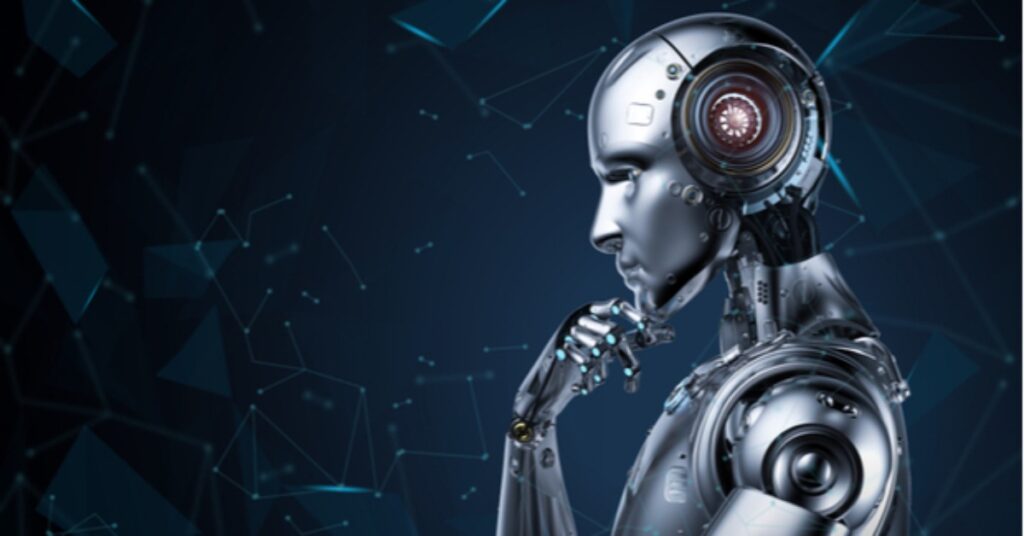The advent of Emotion Recognition AI is like opening a new chapter in the book of technological advancements, particularly in communication. This cutting-edge technology, which deciphers human emotions through facial expressions, is not just a futuristic concept but a present-day reality transforming numerous aspects of one’s life. This article dives deeper into five significant ways this technology redefines communication.
Enhancing Customer Service Experience
Imagine walking into a store and being greeted by a customer service representative who already knows if you’re confused or need help – all thanks to Facial Emotion Recognition AI. This technology revolutionizes customer service by enabling staff to understand and respond to customer emotions in real time. It’s like having a secret insight into customers’ feelings, allowing for a more tailored and empathetic approach.
In sectors like retail and hospitality, this can dramatically enhance customer satisfaction. When AI alerts staff to a customer’s dissatisfaction, they can immediately address the issue, potentially turning a negative experience into a positive one. This not only improves individual customer experiences but also bolsters the business’s overall reputation.
Advancing Mental Health Assessment
In the field of mental health, Facial Emotion Recognition artificial intelligence is proving to be a breakthrough tool. Therapists and psychologists can use this technology to detect subtle emotional changes that might go unnoticed in traditional therapy sessions. It’s like having an additional layer of understanding, enabling healthcare professionals to get a clearer picture of a patient’s emotional state.
This technology is particularly beneficial for patients who find it hard to express their emotions. It acts as a bridge, providing therapists with vital information that can lead to more accurate diagnoses and effective treatment plans. It’s a step towards more empathetic and personalized mental healthcare.
Improving Online Learning and Training
Facial Emotion Recognition artificial intelligence is transforming the landscape of online education and corporate training. This AI can identify when a learner is confused, bored, or engaged by analyzing students’ facial expressions. This invaluable feedback allows educators to modify their teaching methods, making learning more interactive and tailored to individual students’ needs.
In virtual classrooms, this technology ensures that content is delivered and truly resonates with students. It creates a more engaging and effective learning environment, enhancing the overall educational experience. For corporations, it means employees receive training that is not just informative but also engaging, leading to better retention of information and skills.
Enhancing Security and Fraud Detection
Facial Emotion Recognition artificial intelligence is like having a high-tech lie detector in security and fraud detection. It can identify emotional cues that are often associated with deceptive behavior, enhancing security measures and fraud prevention strategies.
This application is particularly valuable in high-stakes environments like airports, banks, and other financial institutions. The technology can alert security personnel to individuals who exhibit signs of stress or deceit, potentially thwarting security threats or fraudulent activities before they occur.
Personalizing Marketing and Advertising
In the world of marketing and advertising, understanding consumer reactions is key, and Facial Emotion Recognition artificial intelligence is changing the game. Companies can gauge how consumers emotionally react to their advertisements or products, allowing for more personalized and effective marketing strategies.
MorphCast states, “You can use Facial Emotion Recognition to gain insights into your users’ preferences and interests.”
For instance, companies can use similar themes in their future campaigns if a consumer shows a positive emotional response to a particular ad. On the flip side, if an advertisement triggers negative emotions, marketers can swiftly adjust their approach. This leads to more successful and impactful advertising that resonates with the target audience on a deeper emotional level. Facial Emotion
Recognition artificial intelligence is not just a technological marvel; it’s a revolutionary tool reshaping the way one communicates across various sectors. From enhancing customer service and mental health care to revolutionizing online learning, strengthening security, and personalizing marketing strategies, the applications of this technology are as diverse as they are impactful. As one continues to harness and refine this AI, the potential for enriching human interactions and communication is boundless, ushering people into a new era of technological and emotional intelligence.
Related Articles:
